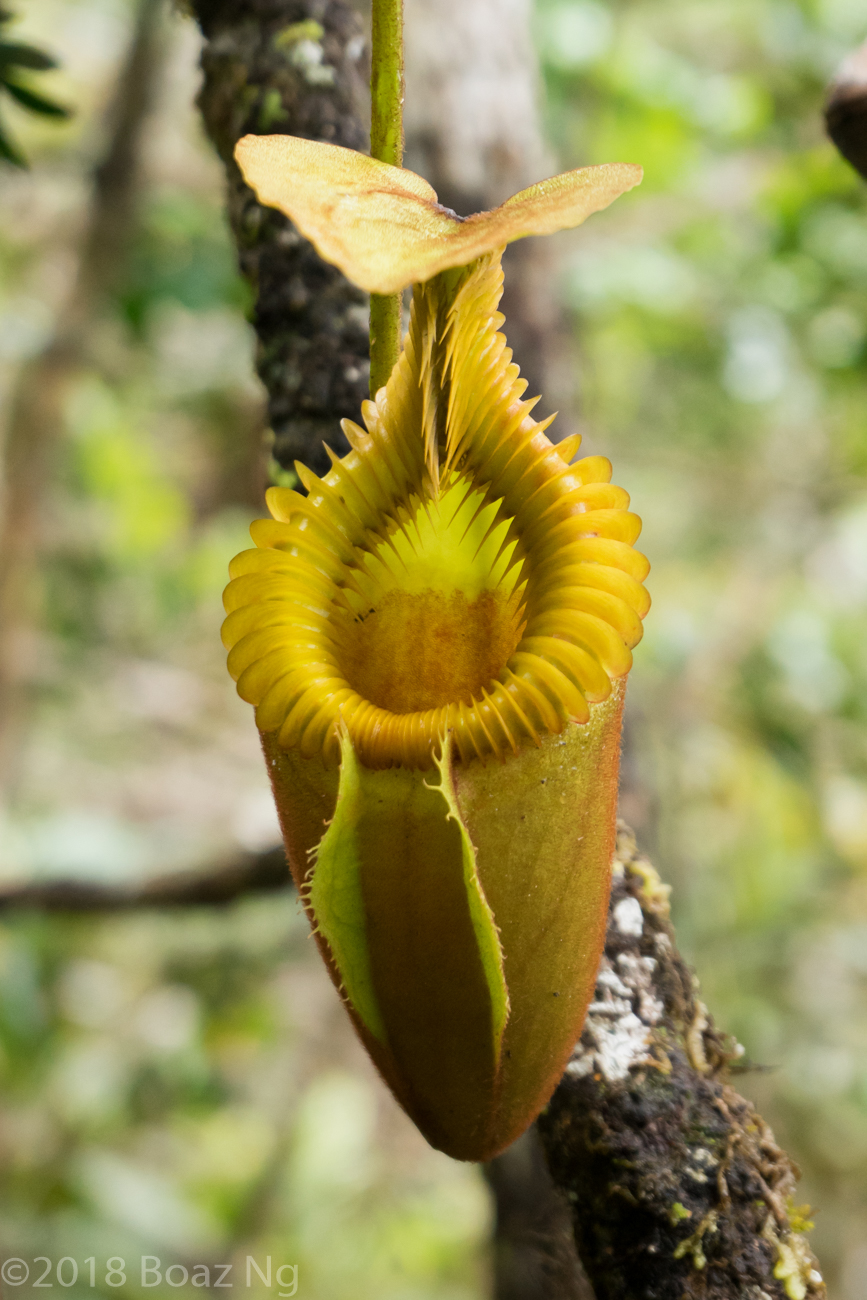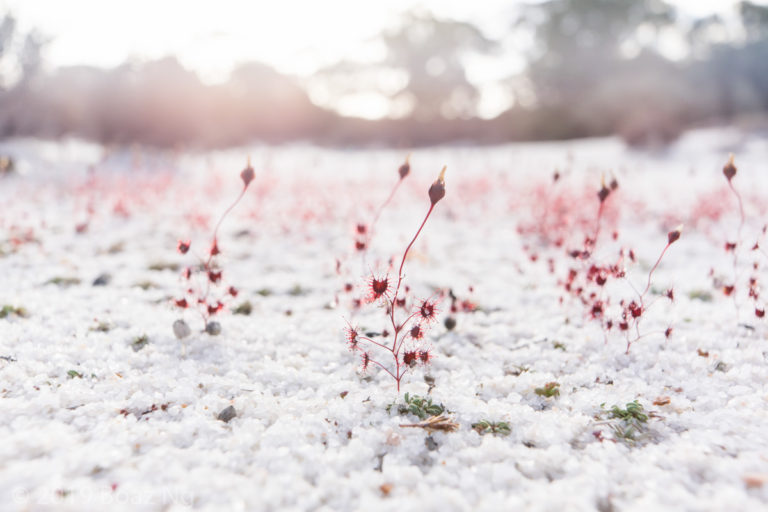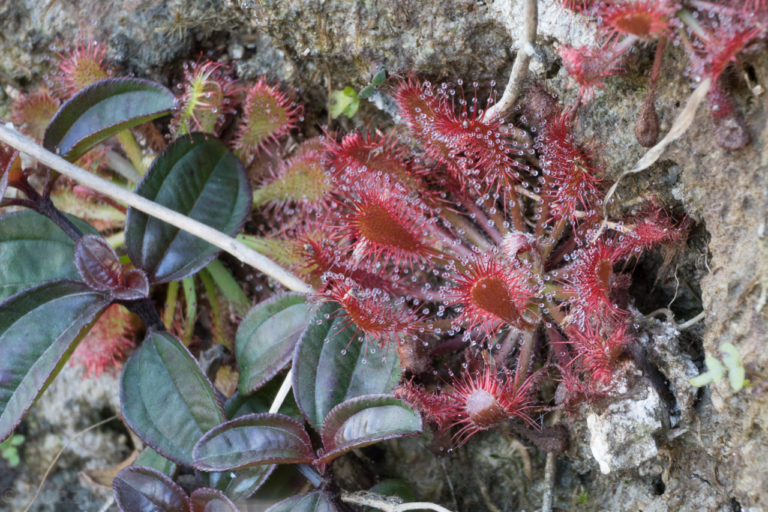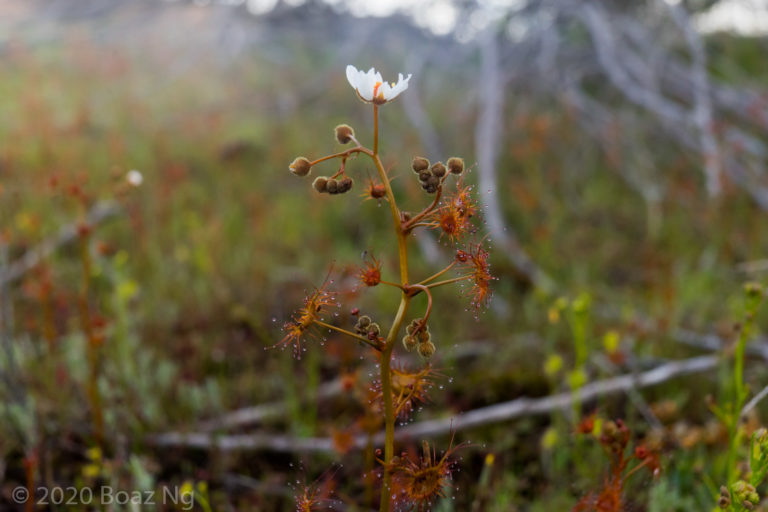In 2016, I was fortunate enough to observe Nepenthes villosa growing in the wild on my climb of Mt Kinabalu. Occurring at the highest elevations, the species grows in a specialist environment that can be difficult to reproduce in cultivation. Here are my observations for this amazing plant in the wild.
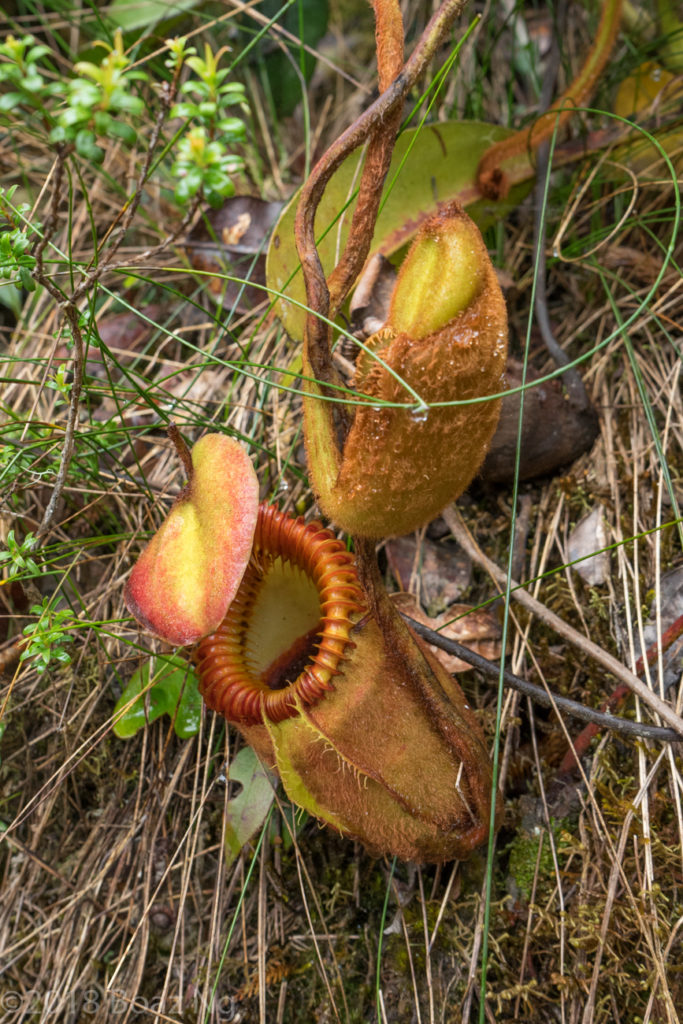
Nepenthes villosa is characterised by its stout pitchers, each growing around 15-25 cm in height and at the end of a long tendril. The species is best known for its fearsome peristome with flared ribs that terminate in a sharp point. The colour of the plants range from lime green to a bronzed red, with pitchers often displaying a colour gradient. The entire outer surface of the plant, except for the peristome, is covered by brown hairs, although they may wear off older surfaces. The plants produce both upper and lower pitchers which are similar in shape.
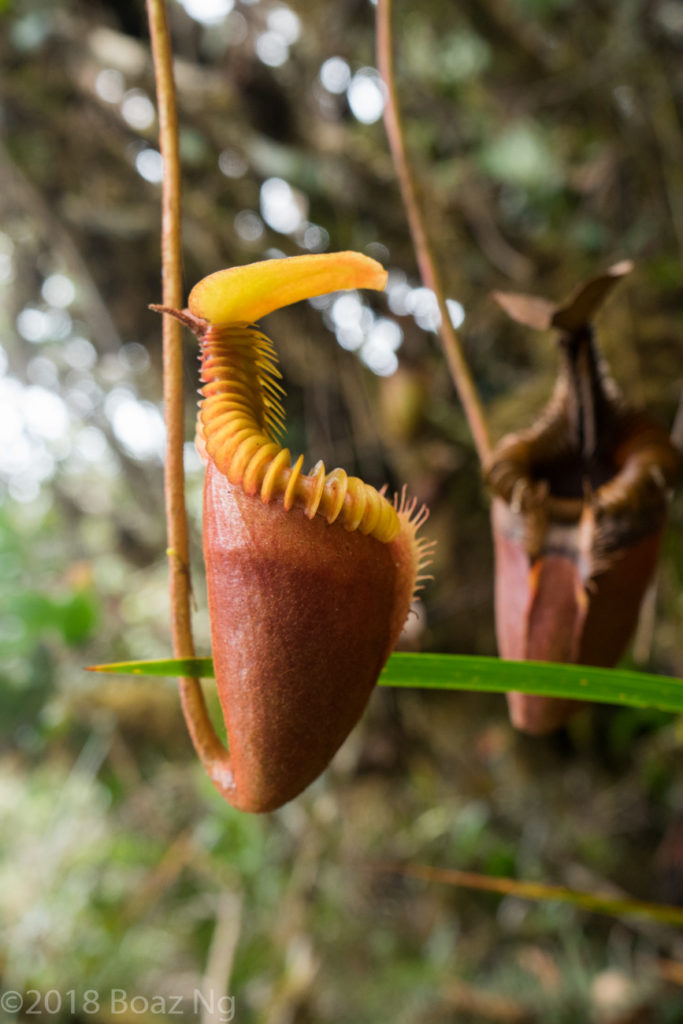
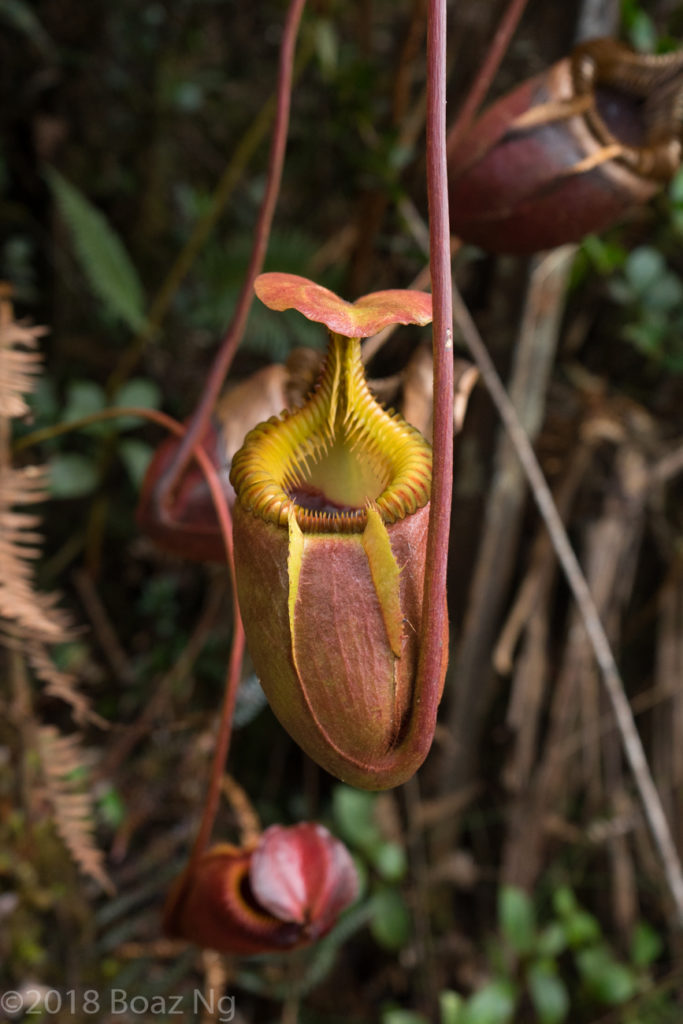
On Mt Kinabalu, the species can be found growing abundantly on the main trail to the summit. It occurs after the rainforest opens up into cloud forest, at 2,690 m and can be found until shortly before the rest huts at 3,200 m. Here, low temperatures and exposure to the elements creates a niche vastly different from the dense rainforest below. The habitat is characterised by thin, stunted tree growth, a sparse and low canopy, and surfaces that are covered by swathes of moss and lichens. At this elevation, the clouds envelope the forest regularly and create an environment where humidity is often at 100%. The temperature at these high elevations range somewhere around 7 – 15 °C.

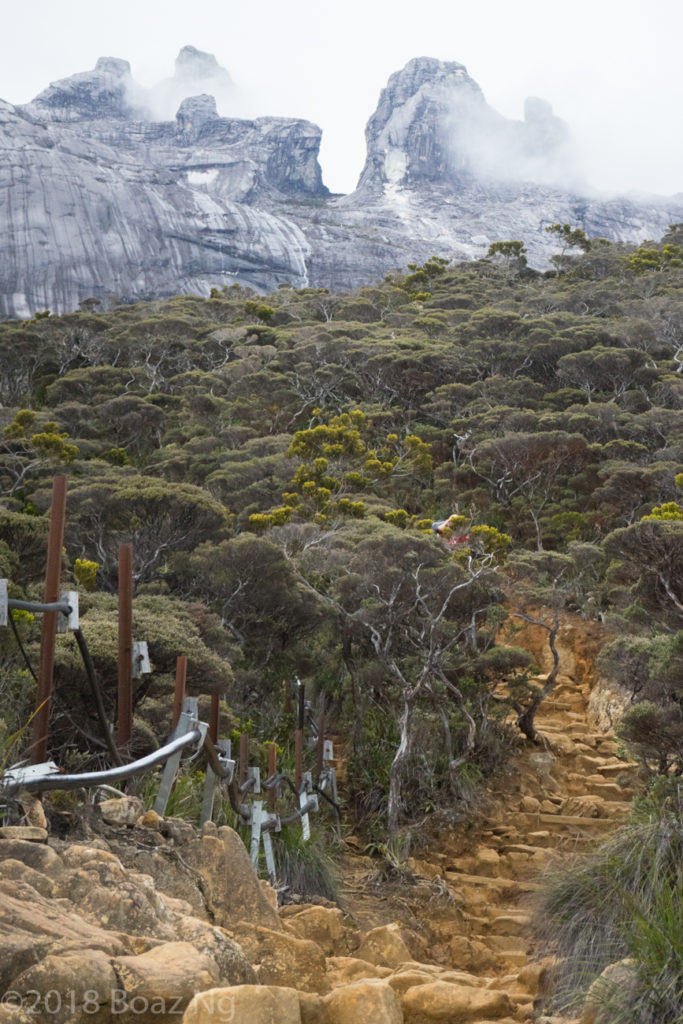
N villosa grows terrestrially although older specimens send vines into the trees. On Mt Kinabalu, the soil base where N. villosa grows is ultramafic in origin and consists of a mixture of wetted silt, gravel and plant matter. The consistently high rainfall strips the soil of its nutrients, facilitating the growth of carnivorous species. These slopes are steep and water drains freely.
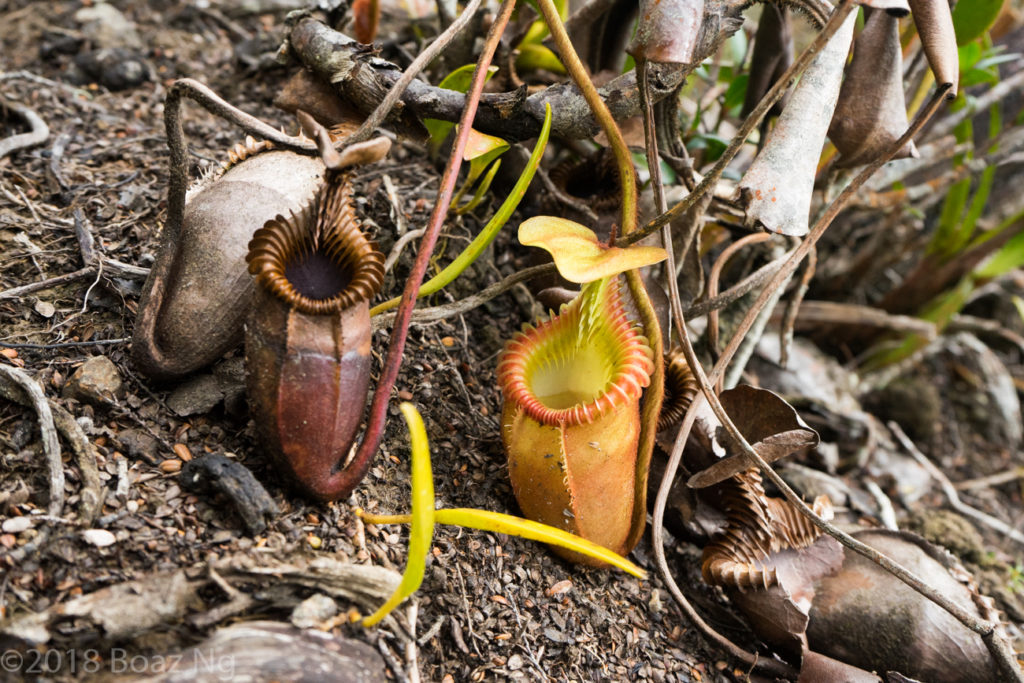
Nepethes villosa is listed as vulnerable by the IUCN. Mt Kinabalu and its neighbouring peaks are remarkably well managed by the Malaysian government and are at a lower risk of degradation than many sites across South-East Asia. The official guides are well versed in environmental protection and actively prevent littering and plant poaching. Whilst the trail up the mountain somewhat degrades the immediate surroundings, the vast majority of the mountain remains inaccessible and pristine. With careful management,wild populations of Nepenthes villosa should remain secure for years to come.

